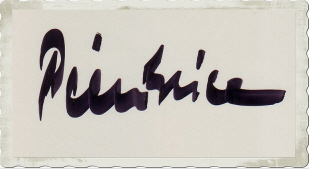| Home |
| Home |
| Charlie Chan | The Avengers | Pippi Longstocking | Pan Tau | Flash Gordon | I Dream of Jeannie |
| WINNETOU
In 1962 the Berliner producer Horst Wendtlandt initiated the Karl-May
wave with the movie "Der Schatz im Silbersee". The first film adaption
based on a book by Karl May, which played in the Wild West, cost three
million Deutschmark and turned out to be the most successful crowd-puller
of the year.
Among producer Horst Wendtlandt the film composer Martin Böttcher
and the director Harald Reinl belong to the doer of the Karl-May serial.
|
 Once Winnetou, always Winnetou - so you can
designate the professional background of the actor Pierre Brice. Once Winnetou, always Winnetou - so you can
designate the professional background of the actor Pierre Brice.
He deserved his spores with engagements at theaters, with entrances
as a dancer and as a model.
|
BIOGRAPHY
of
PIERRE BRICE (born on the 6th February 1929 in Brest, France, died in 2015)
|
Another not insignificant factor for the unexpected
success of the Winnetou movies was the phantastic music by Martin
Böttcher. He integrated his music nearly perfect into the action
and had his biggest strength in the musical background for the impressive
landscape, which was time and again caught by the camera with broad-minded
pans.
A continuation of this subject matter wasn't a long time in coming, it followed "Old Shatterhand" and "Winnetou I" (both in 1963), in all there were achieved eleven of such films. At the end of the 60ies the success was drawing to its close and got finished with the movies "Winnetou und sein Freund Old Firehand" (66) and "Winnetou und Old Shatterhand im Tal der Toten (68), what has to be designated as the low of this serial. As a result of his great success Pierre Brice had been employed in many
other parts which you cannot describe as film classicals (Zorro gegen Maciste
(63) Die Hölle von Manitoba (65) Zärtliche Chaoten (87) and Der
blaue Diamant (93).
Today Winnetou and Pierre Brice is a not separatable notion.
|
| Home |